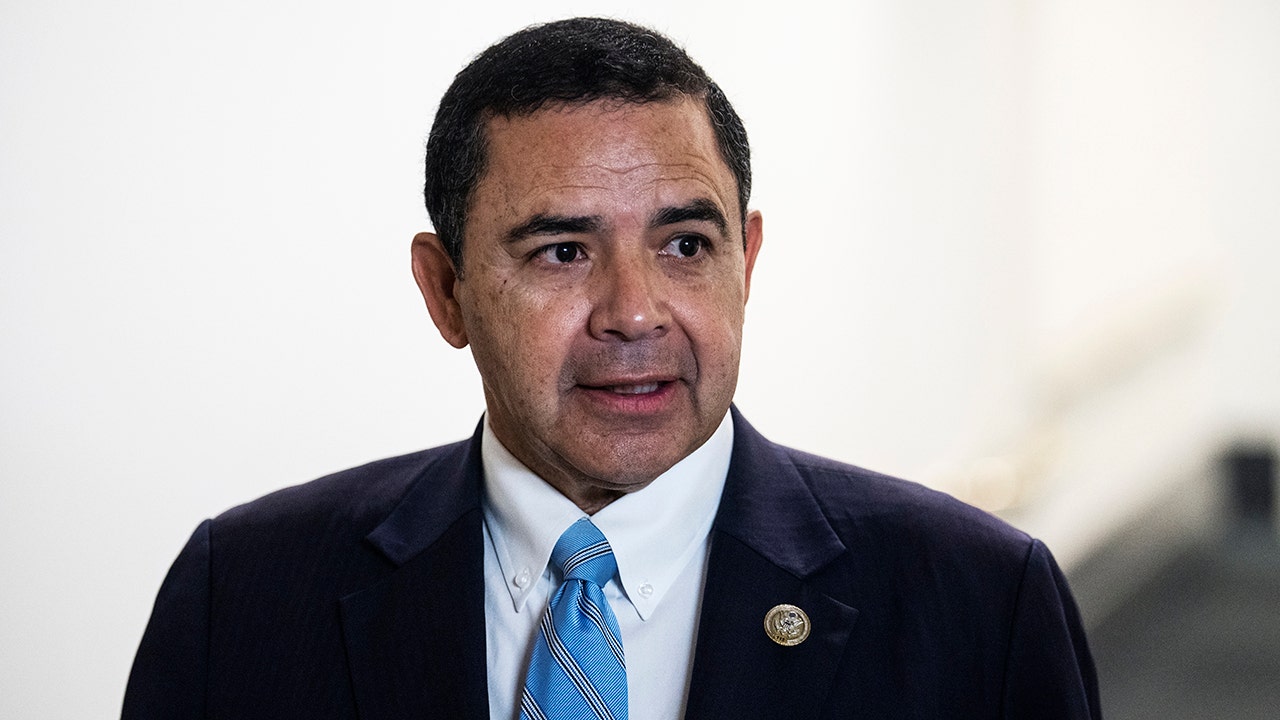North Dakota
Badlands archery hunting regulations to remain as they are for now

LARIMORE, N.D. – No immediate changes are on the horizon for bowhunting regulations in the Badlands of western North Dakota, despite concerns from some hunters about overcrowding, the Game and Fish Department says.
Bill Haase, assistant wildlife chief for Game and Fish in Bismarck, gave an update on the issue Tuesday night, April 16, during the department’s spring District 4 Advisory Board meeting in Larimore. Game and Fish is mandated to hold the meetings twice a year in each of the state’s eight Advisory Board districts.
District 4 covers Grand Forks, Nelson, Pembina and Walsh counties.
In response to growing concerns about Badlands hunting pressure and overcrowding in the last five years, Haase said the Game and Fish Department assembled a working group to explore the issue. The stakeholder group included Game and Fish staff, a representative from Backcountry Hunters and Anglers, a representative from the North Dakota Bowhunters Association, a hunter who hunts the Badlands with a rifle and a landowner who also is an Advisory Board member, Haase said.
“We really (needed) to get to the root of it,” he said. “Is this an issue that demands change – do we need to change our regulations? Or is it a situation where maybe we’re just hearing from a few people, a few squeaky wheels?”
Contributed / North Dakota Game and Fish Department
The working group looked at the issue from both a social and biological standpoint, Haase said, the latter because the Badlands archery pressure has ticked upward, and mule deer numbers have declined in recent years.
But the key issue, he said, was whether there was an appetite for changing the regulations. Bowhunters can hunt statewide, while deer gun hunters are confined to a specific unit.
“What the group decided on is, we need to figure that out first,” Haase said. “What do our constituents – all of our hunters – want?”
To find out, Game and Fish contracted with HDNR Consulting LLC, a Colorado firm, to conduct a human dimensions survey of people who hunt in Badlands hunting units 4A, 4B, 4C, 4D and 4E. The survey was sent to a random sample of resident mule deer gun hunters, resident archery hunters, resident hunters who bow hunt and gun hunt, nonresident archery hunters and Badlands landowners who also participate in gratis deer hunting.
More than 9,100 hunters received the survey, and the response rate was 44%, according to a report from HDNR Consulting.
“We didn’t want to do (the survey) ourselves because we didn’t want to (insert) bias into it,” Haase said. “We wanted to make sure it was something that we had professionals do – we don’t do a lot of human dimensions surveys.”
The survey asked “a pile of questions,” Haase said, including one “very telling” question: Do you believe there’s too much bow hunting pressure in the Badlands?
Two-thirds of the respondents said “no, there isn’t,” Haase said.
“So, in a way, we’re thinking, ‘Case closed, right? There’s no need for change,’ ” he said. “It certainly is one of those where it tells us we don’t need big change, that’s for sure.”
Another question asked respondents whether they supported changes to the archery season to reduce bowhunting pressure in the Badlands; nearly 55% said no, they didn’t support that.
“We didn’t know what to expect, but I was a little surprised,” Haase said. “I thought these numbers would maybe be at least a little closer to 50/50 or maybe more people thinking there should be changes.
“This really solidifies the fact that we’re glad we asked our constituents as a whole because you can get fooled sometimes, when you hear from just a few people, and it feels like a lot.”
To sum up the survey, Haase said, respondents described “fairly high” hunting pressure in the Badlands, “not too bad” crowding and they don’t necessarily want to see regulation changes.
At the same time, though, deer populations in the Badlands have declined the past three years, Haase says, the result of drought, severe winters and spring storms.
“The last three years, we’ve had record poor fawn production” in the Badlands, he said. “Last year was the worst fawn production we’ve ever had in the Badlands.”
Still, the mule deer population in Badlands hunting units, at about seven per square mile, “isn’t too bad,” Haase said, largely because the department has been “very conservative” with its gun tag allocations.
“We’d like to be somewhere between eight and 10 mule deer” per square mile in the Badlands, he said.
Down the road, Haase said, the department may look at changing the way it issues nonresident “any deer” bow licenses, which hunters generally use to target mule deer. Currently, that number is set based on 15% of the previous year’s mule deer gun tag allocation. That resulted in the department issuing 862 nonresident “any deer” bow tags in 2023 because 5,750 mule deer gun licenses were issued in 2022.
Ideally, Haase said, the department would like to set the nonresident “any deer” archery allocation at 15% of the current year’s mule deer licenses – not the previous year. In 2023, that would have meant issuing 337 nonresident “any deer” archery tags instead of 862 because only 2,250 mule deer gun licenses were available – less than half the 2022 allocation – because of lower Badlands deer populations.
That change would take legislative action, Haase said.
Another option, which the Game and Fish Department could do by proclamation, would be to confine nonresident “any deer” archery hunters to unit-specific licenses in the Badlands instead of allowing them to hunt all Badlands units, which is currently the case.
Regardless, nothing will happen until at least 2025, Haase said.
“Maybe we’ll do a couple of these little changes because that’s what the consultants recommended,” Haase said. “They said, ‘You’re in a unique situation. You’re at that point right now where you’re kind of teetering on an issue, but maybe you could get ahead of it with a couple of little changes and maybe head that off and not have any problems.’ ”
The full 28-page report, “Human Dimensions of Deer Hunters in North Dakota’s Badlands Region (2024),” is available on the Game and Fish Department website at
gf.nd.gov/node/7518
.
Tuesday night’s Game and Fish meeting was a tribute to Gary Rankin, the longtime district game warden from Larimore who spent 36 years with Game and Fish before retiring in 2013.
Rankin, 72, died Wednesday, Jan. 31.
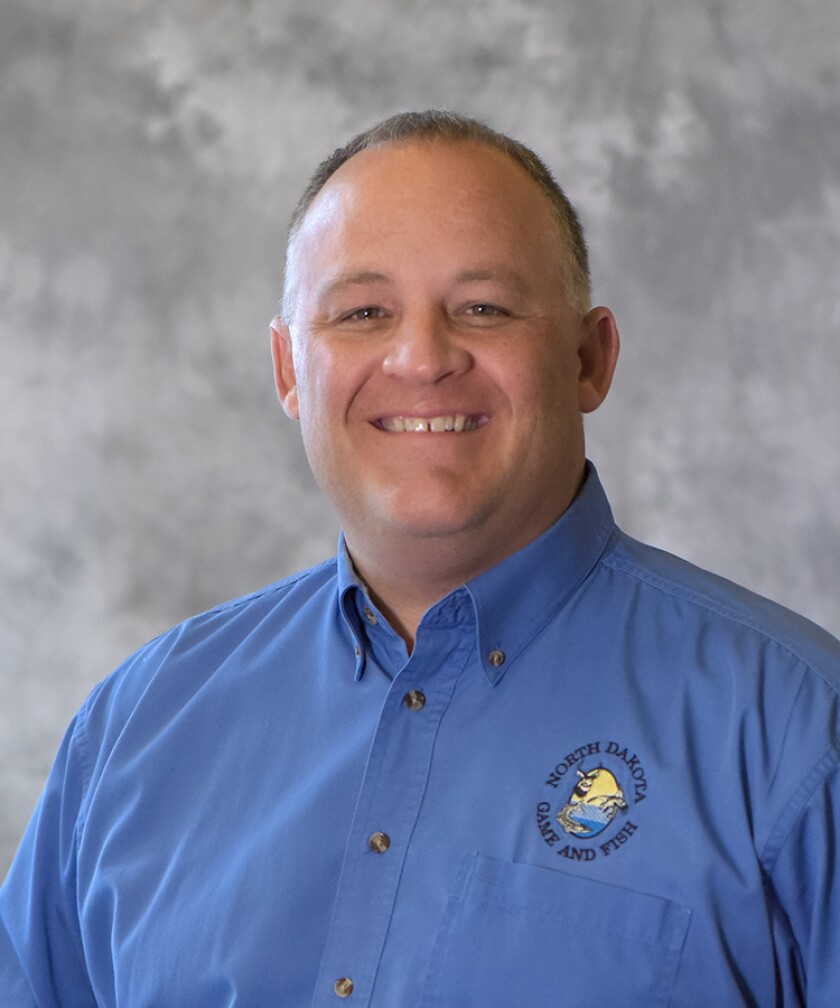
Contributed / North Dakota Game and Fish Department
The department hadn’t held an Advisory Board meeting in Larimore in several years, said Jeb Williams, director of the North Dakota Game and Fish Department. The local KEM Roughriders group hosted the meeting.
“We thought, ‘What a nice opportunity to come up here, have an Advisory Board meeting, talk about all the different things associated with the department but also take some time to really reflect and honor a good dude,’ ” Williams said.
Paul Freeman, Northeast District game warden supervisor for Game and Fish in Devils Lake, was Rankin’s supervisor for a number of years before the Larimore warden retired.

Eric Hylden / Grand Forks Herald
“He was a man of few words, but he was a guy that you kind of had to listen to those words because they meant something,” Freeman said. “For me, Gary’s kind of like my fish-measuring stick. At the end of your career, you lay down by that fish measuring stick and you see how you added up.
“And I know where Gary’s at. … I hope I’m somewhere in-between.”
Game and Fish wraps up its spring Advisory Board circuit this coming week with meetings in LaMoure, Forman, Williston and Mott.

North Dakota
Midwest governors among 48 who oppose Air National Guard move to Space Force

North Dakota, South Dakota and Minnesota governors signed on to a letter Monday alongside 45 other state governors, as well as five territories and commonwealths, opposing the Biden administration’s move to incorporate Air National Guard service members into the Space Force.
The letter from the National Governors’ Association, addressed to Secretary of Defense Lloyd Austin, is written in opposition to a legislative proposal submitted by the Department of Defense to the Senate Armed Services Committee that would transfer some Air National Guard personnel and equipment currently being used on space missions to the Space Force.
The Defense Department proposal would require Congress to override existing law requiring that governors approve changes to National Guard units, through Title 10 and 32 of the U.S. Code, that outlines gubernatorial authority over their states’ National Guard.
The bipartisan group of governors signing the letter said the proposed measure would hurt governors’ abilities to use the National Guard in response to crises. Governors must retain full authority over these units “to protect operational readiness and America’s communities,” the letter states.
North Dakota Gov. Doug Burgum, South Dakota Gov. Kristi Noem Minnesota Gov. Tim Walz each signed the letter.
“Legislation that sidesteps, eliminates or otherwise reduces Governors’ authority within their states and territories undermines longstanding partnerships, precedence, military readiness and operational efficacy,” the letter states. “This action also negatively affects the important relationships between Governors and DOD at a time when we need to have full trust and confidence between the two to meet the growing threats posed by the era of strategic competition as well as natural disasters.”
Air Force Secretary Frank Kendall told federal lawmakers earlier in April that the proposal would shift roughly 700 National Guard members to Space Force as part of a one-time transfer. There are currently 14 units, with about 1,000 personnel, working on space-related missions in seven states — Alaska, California, Colorado, Florida, Hawaii, New York and Ohio — that could be impacted by the move, according to the National Guard Association of the United States.
The National Guard advocacy group also released a statement opposing the draft legislation. Kendall told reporters in April that he doesn’t “see a reason why a state needs a Space Force militia.” But Retired Maj. Gen. Frank M. McGinn, the organization’s president, said keeping space missions within the National Guard keeps the personnel current serving on space missions in work, as many are not able to move or take on full-time responsibilities. It allows states to retain the same defense and military capabilities as other parts of the country, he said — comparing the issue to states having artillery and cyber units in the National Guard, separate from the U.S. military.
“Here is what Secretary Kendall is asking to do: Skirt federal law to transfer nearly empty units to the Space Force, thereby reducing the nation’s military space capabilities at a time when our nation is seeing growing competition in space,” McGinn said. “I don’t see why he wants to take this action. And a growing number in Congress wonder the same.”
Only two state governors, Florida Gov. Ron DeSantis and Texas Gov. Greg Abbott, did not sign on to the letter. Both states have a vested interest in Space Force operations and development, with Patrick Space Force Base in Brevard County, Florida being one of the five current bases of the military branch. National Aeronautics and Space Administration (NASA) also has operations in both states.
This story was originally published by Iowa Capital Dispatch and shared via SouthDakotaSearchlight.com.
______________________________________________________
This story was written by one of our partner news agencies. Forum Communications Company uses content from agencies such as Reuters, Kaiser Health News, Tribune News Service and others to provide a wider range of news to our readers. Learn more about the news services FCC uses here.
North Dakota
North Dakota's U.S. Senators cosponsor legislation to repeal federal tax credits for electric vehicles

(Washington, D.C.) — North Dakota’s Senators are supporting legislation aiming to repeal federal tax credits for electric vehicles and charging stations.
Currently, a tax credit of up to $7,500 can be issued to individuals following the purchase of either a qualified plug-in electric vehicle, or fuel cell electric vehicle. The tax credits are estimated to cost approximately $180 billion dollars over the next 10 years, according to Senator Kevin Cramer.
“It’s time we say the quiet part out loud: the market doesn’t want and isn’t buying EVs, these tax credits largely benefit the wealthy by facilitating the sale of expensive EVs, and we’re funneling taxpayer money to a supply chain controlled by China,” said Cramer. “This is a waste of taxpayer money, especially when we’re nearly $35 trillion dollars in debt. Let’s end this electric vehicle agenda nonsense and finally get rid of President Biden’s EV and charging station tax credit scheme once and for all.”
Both Senators Kevin Cramer and John Hoeven signed on to legislation presented by U.S. Senator John Barrasso (R-WY) in cosponsoring the Eliminate Lavish Incentives to Electric (ELITE) Vehicles Act. It would aim to repeal the established tax credits for the vehicles and charging stations.
The tax credits were created under the Biden Administration’s Inflation Reduction Act. The stated goal of the EV credits is to encourage the adoption of the technology and strengthening of the EV charging industry.
“Since the President took office, EV sales have more than quadrupled, with more than four and a half million EVs on the road. EV ownership is more affordable than ever before, with prices down over 20% from one year ago,” said a statement from the Biden Administration. “The number of publicly available charging ports has also grown by over 70 percent, with 170,000 publicly available EV chargers across the country, putting us on track to deploy 500,000 chargers by 2026 – achieving the President’s goal four years early.”
You can read more from the Biden Administration on their stated goals by clicking here.
North Dakota
Federal sentencing in Williston shooting

BISMARCK, N.D. (KFYR/KUMV) -A federal judge has sentenced a Williston man to 15 years in prison for a Dec. 2022 incident where he fled and shot at police.
Police say Eric Obregon shoved an officer and fled during a traffic stop.
During the pursuit Obregon and police both discharged firearms and Obregon was shot in the leg.
Copyright 2024 KFYR. All rights reserved.
-

 News1 week ago
News1 week agoLarry Webb’s deathbed confession solves 2000 cold case murder of Susan and Natasha Carter, 10, whose remains were found hours after he died
-

 News1 week ago
News1 week agoFirst cargo ship passes through new channel since Baltimore bridge collapse
-

 World1 week ago
World1 week agoHaiti Prime Minister Ariel Henry resigns, transitional council takes power
-

 World1 week ago
World1 week agoSpanish PM Pedro Sanchez suspends public duties to 'reflect'
-

 World1 week ago
World1 week agoUS secretly sent long-range ATACMS weapons to Ukraine
-

 News1 week ago
News1 week agoAmerican Airlines passenger alleges discrimination over use of first-class restroom
-

 Movie Reviews1 week ago
Movie Reviews1 week agoHumane (2024) – Movie Review
-

 Education1 week ago
Education1 week agoVideo: Johnson Condemns Pro-Palestinian Protests at Columbia University
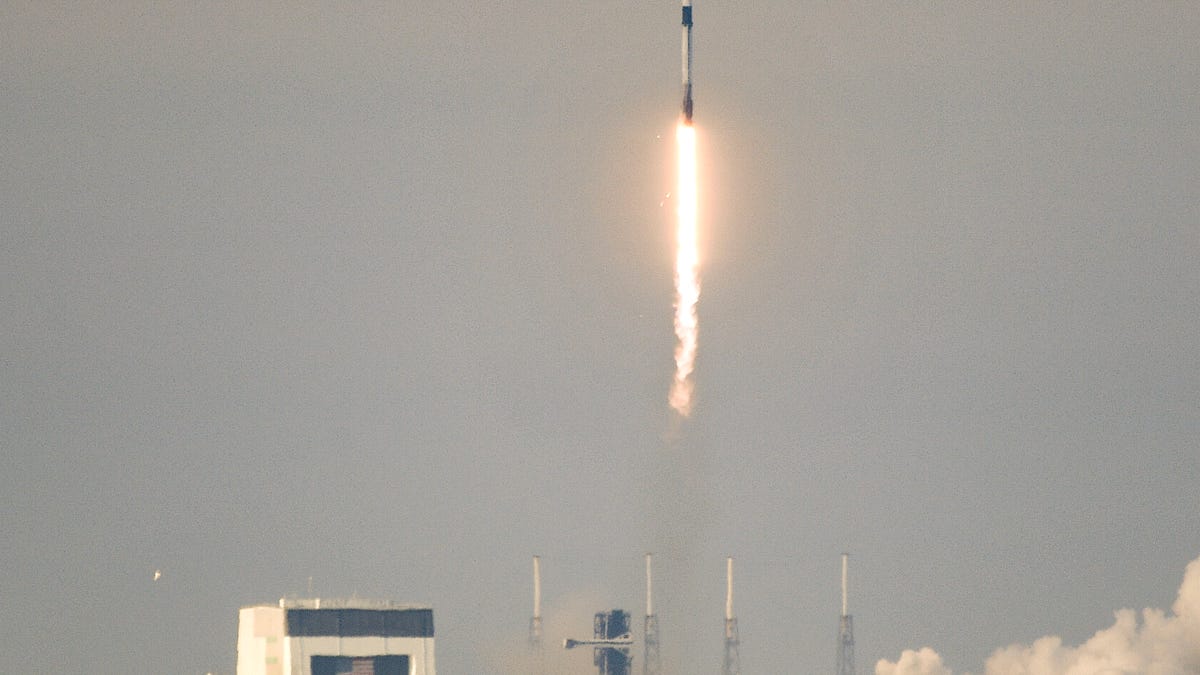



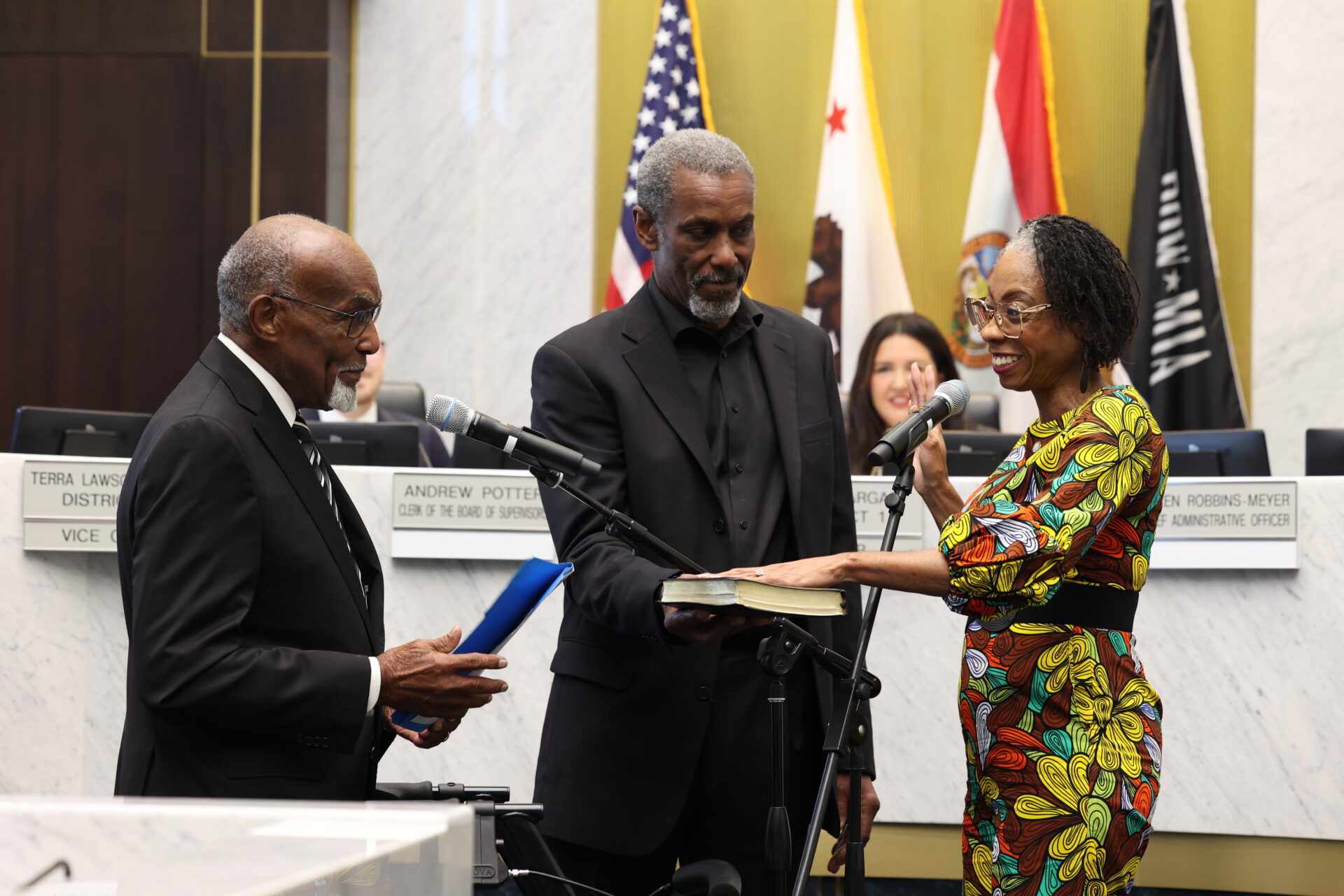
:quality(85)/cloudfront-us-east-1.images.arcpublishing.com/gray/W7UTQFMPQRD7FNFDJTDNRILWAU.jpg)
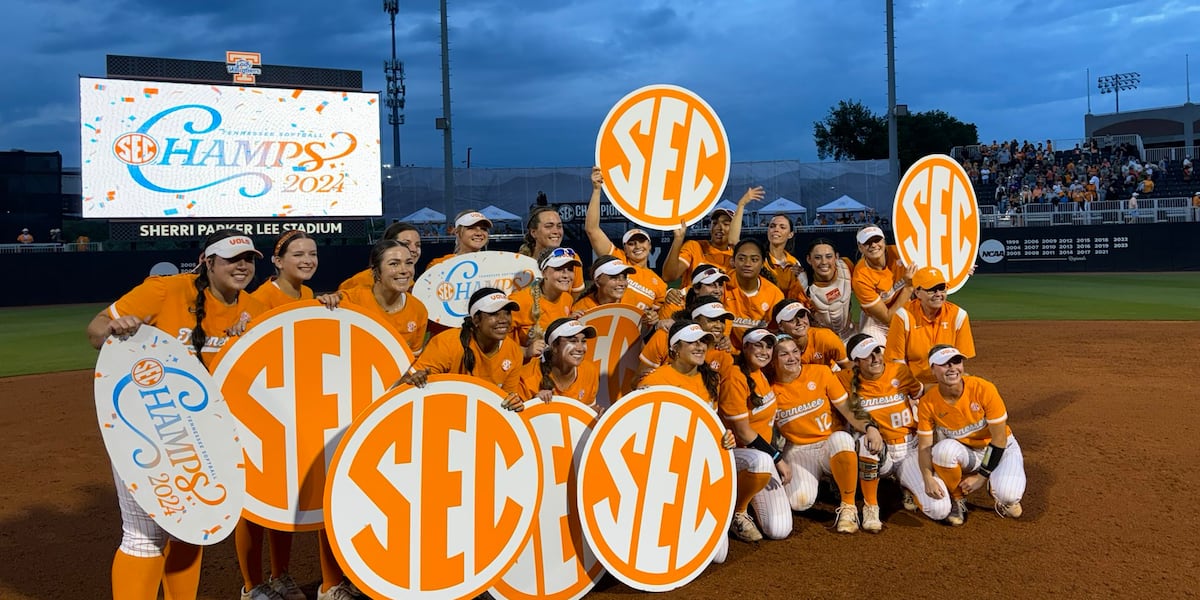
:focal(0x0:3000x1657)/static.texastribune.org/media/files/99aca156e6bf021c048e3d43414a6e42/TDCJ_GURNEY_UNIT_MDN_TT)












